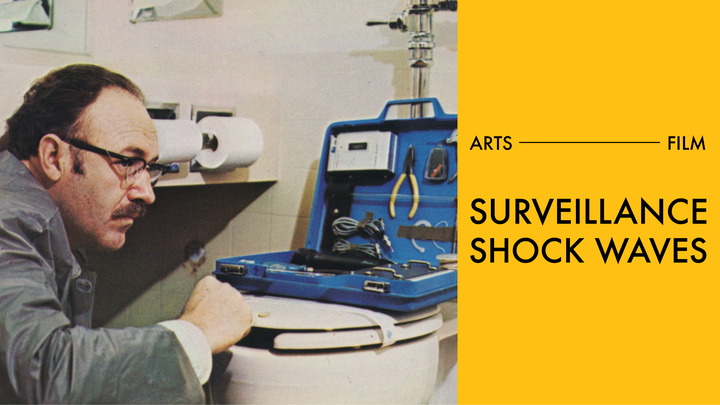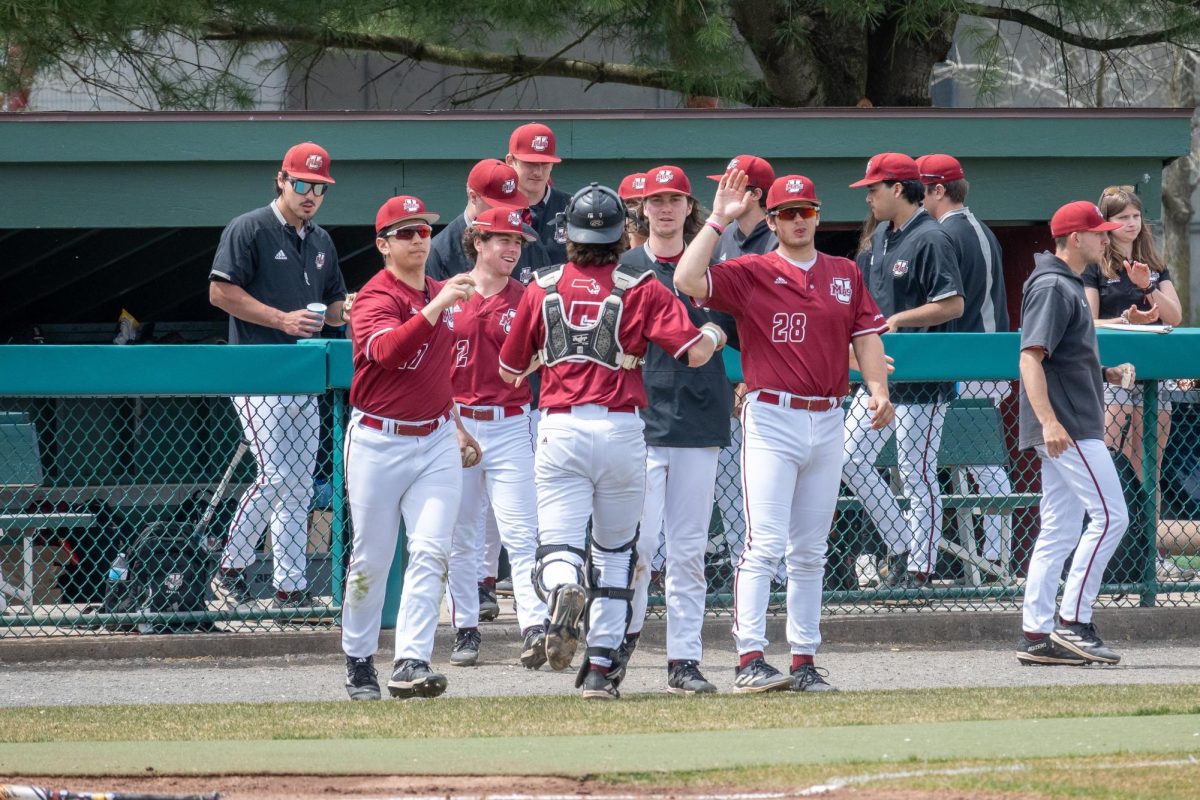What’s your obsession? Not your hobby, not your pastime, but that one thing that intrigues you to no end, no matter how much time passes. Obsessions can be healthy to an extent, mostly dependent on what they are, such as exercise or studying. Of course, however, the line that marks where our lives spiral out of control is never apparent until it’s far too late. This fine line is explored in the 1974 film “The Conversation,” in which a widely revered surveillance expert Harry Caul is our subject. In a career where being paranoid can be more of a skill than a handicap, Harry finds himself at an advantage, but at a dire cost.
Set in San Francisco, Harry’s (Gene Hackman) past is explored through his paranoid ruminations regarding his newest case. While tailing a couple through the city’s center, their somewhat decipherable conversation triggers Harry’s obsession, spiraling him on an investigation into their past as well as his own. Colleagues, friends and lovers alike bear witness in helpless horror as Harry moves from a logical mentality to insanity in hopes of redeeming his past shortcomings. All the while watching and feeling as though his every move is being watched.
Much like his personality, the framing for Harry and other characters tend to be off center. The use of negative space in this film lends itself to many interpretations. Harry often prioritizes the business of others over his own (which in his profession is somewhat normal), rarely making eye contact with the camera as his eyes dart around whatever room he finds himself in. Aside from these relatively empty shots, intense focusing and tracking are used as well to mimic the thought processes that surveillance professionals need. The opening scene is a fantastic example of this, starting with a seemingly street-level shot of a mime, tracking him while zooming out to reveal the cameraman’s true position, 10 stories up. These long single shot sequences build the very palpable tension created by Harry between various other characters due to his habits, chronicling the never-ending madness that is the life of Harry Caul.
The themes of the film of isolation, being a workaholic and of course, obsession, all play into this large paranoia that hangs over every characters’ actions. Despite being 40 years old, Harry lives alone. Not just the literal loneliness of his apartment, but in his daily life. Refusing to interact with his coworkers in a meaningful or trusting way in fear of corrupting the case, Harry drives away potential friends in exchange for complete security. The surveyor dives deeper into his work as he looks for an out from the constant nagging feeling of an unsolved job. This workaholic solution to his underlying social ineptitude and apparent failures only serve to further bury any shred of coherent thought not relating to surveillance. This complete takeover, though seemingly in his control, becomes obviously anything but, as he continues to reject any sort of support in this massive effort.
In the near half century since this film premiered, much has changed. One very evident part of this film is its lack of people of color. Especially given its diverse background in my own hometown of San Francisco, it really has no reason for its disturbing lack of diversity. Very much a product of its era, “The Conversation” quite fittingly is one of the many reasons this discussion on representation of oppressed races has begun in Hollywood. Box office hits like “Black Panther,” “Crazy Rich Asians” and critically appraised films like “If Beale Street Could Talk” helped make 2018 another step in the right direction for the film industry. This issue doesn’t particularly detract from the film’s merit, but is an interesting detail that shows how far the industry has come.
Also highlighted by this film’s age is its lack of strong female characters, leading or otherwise. Much like the boy’s club that Hollywood was, “The Conversation” is entirely male run (aside from costume director, Aggie Rodgers). A certain degree of blame is assumed as other films of the time managed to find ways to integrate strong female characters and integral crew members, but “The Conversation” was not alone in its practices. Once again it helps us realize the strides made in the film industry. Though recently the Oscar’s have reminded us how far we still have to go, with no female directors gaining best director or best film nominations. This comes despite female-directed films like “You Were Never Really Here” and “The Miseducation of Cameron Post,” both of which garnered praise.“The Conversation” still holds strong in Francis Ford Coppola and Hollywood’s repertoire for its thrilling and nerve-wracking sequences, all highlighted by a stellar performance by Hackman. While praising it for its contributions, there is merit in remembering a darker time in Hollywood for many aspiring industry professionals.
Jackson Walker can be reached at [email protected].



















